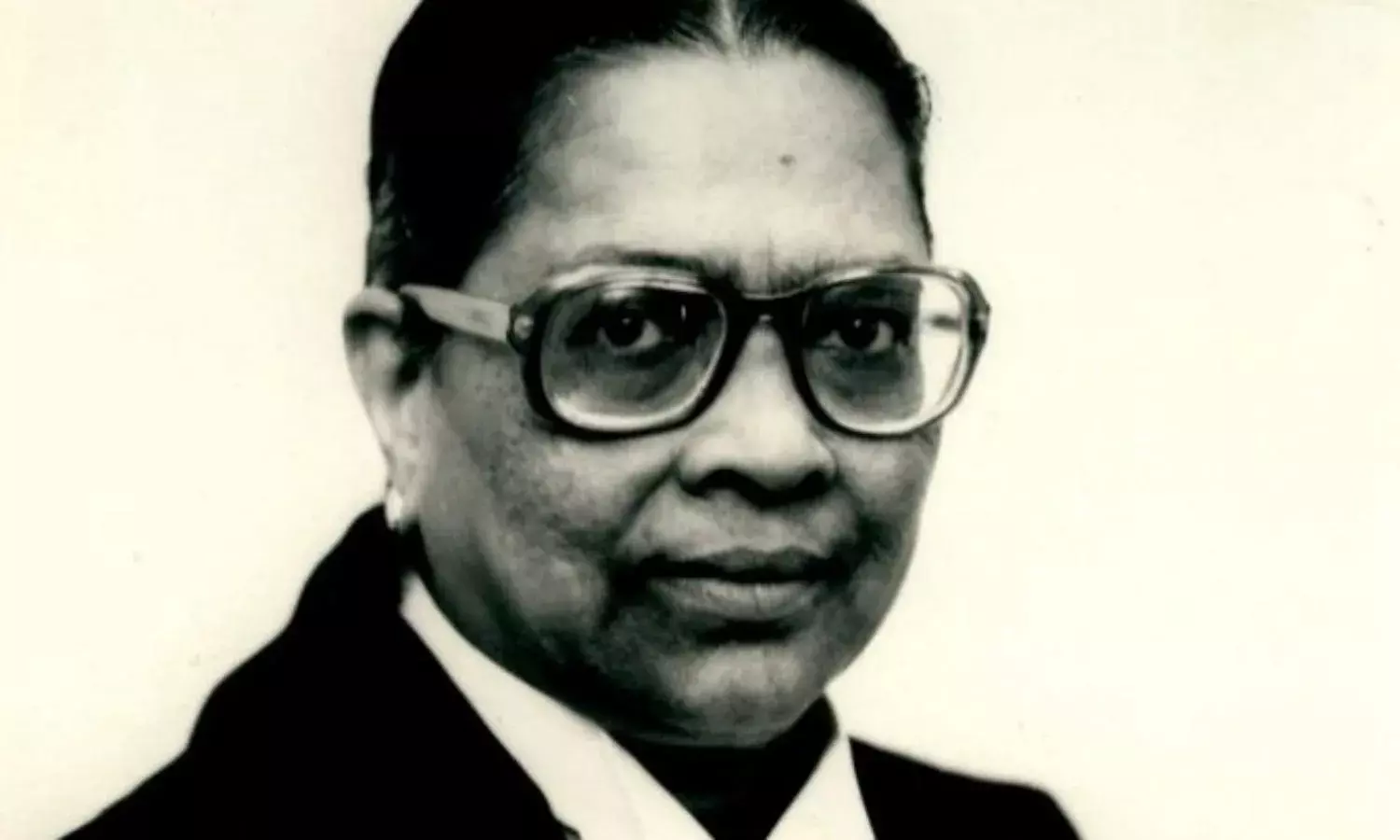The Case of Missing Women in the Indian Judiciary
‘Yardsticks for appointment are gender-biased’: Justice Chandrachud

Women constitute 48.5% of India’s population, but their participation in the workforce is just 27%. The Economic Survey 2017-18 states that women’s representation in Parliament stands at a meagre 11%. This is reflected in the Indian judiciary as well - there have been only seven female Supreme Court judges in the history of independent India, and not a single female Chief Justice.
The SC has three incumbent women judges – Justices Indu Malhotra, R.Bhanumathi and Indira Bannerjee. According to a report published by Vidhi Legal Policy, there are 27% female judges in the lower judiciary, 10% in high courts and less than one percent in the SC.
An Oxfam India report suggests that the presence of women in positions of power leads to a significant increase in the reporting of crimes against women. Data from across India shows an increase in reported crimes against women in the period following the introduction of women’s reservation at the panchayat level. The report suggests that “this increase is due to greater responsiveness by the police and the judiciary, which in turn encourages more women to report cases.”
According to Julie Thekkudan, the gender justice program leader at Oxfam India, “It is not that the pool of potential lawyers isn’t available for equal representation to happen. Women definitely bring with them an understanding of the social norms that work against women and their specific challenges. But one must also understand that women, too, are products of the patriarchal system and have similar mindsets. The pace of change for women must hasten.”
Pallavi Parmar, an advocate at the Delhi High Court, believes that women judges and lawyers are more sensitive while handling cases where the affected party is a woman. “In several cases, women clients definitely get an edge when the judge is also a woman. However, women judges when overloaded with work, need to balance things out and sometimes treat them like any other client,” says Parmar.
Not all legal practitioners share this opinion. For advocate Devika Singh, merely being a woman doesn’t make a person gender-sensitive, just as merely being a man does not make a person gender-insensitive. Singh supports better sensitising lawyers and judges to bring about the needed change.
“We’re all products of patriarchy and play a part in its perpetuation. This happens regardless of our sex. Sometimes, good training, learning and experience may make a person aware of the gender insensitivity around us and open our eyes to myriad forms of discrimination,” said Singh.
She believes that having more female lawyers and judges is necessary to bring about gender parity, which eventually eases access to justice and opportunity. “It not only helps women all over inspirationally to see more women in public spaces, but also helps change public thought on the way an ‘ideal woman’ is perceived – the mindsets of domestic, submissive and docile women are challenged to allow more outgoing and egalitarian profiles.”
Adding to this, Diksha Sanyal, who worked on Vidhi Legal Policy’s report, pointed out that a blanket assumption can’t be made that women judges are more sensitive about these inequities. She pointed out that women judges are particularly cautious to be perceived as “neutral” and not as a “gender biased” judge.
This is because of the implicit assumption that women judges will be more lenient, more sensitive while handling cases. “The larger question is whether all judges, regardless of their social locations, are exposed to the lived realities of a wide cross-section of persons,” Sanyal believes.
The report submitted by Vidhi Legal Policy highlights the various factors which impact the gender composition of the Indian judiciary, from the number of women participating in the different steps required to become a judge, to the incentives and work environment provided to women by the judiciary.
The report also emphasises the higher standards demanded of female judges over male judges when it comes to elevation. It states that appointment processes involving subjective criteria like interviews leave open more room for potential bias and discrimination, than those based on objective examinations.
Justice D.Y.Chandrachud reiterated the same while addressing a roundtable conference organised by the Feminist Judgement Project, India, remarking that the yardsticks for appointment to the higher judiciary remain “conventional and gender-biased”.
There has been no history of petitions demanding reservation for women in the judiciary. However, a Parliamentary Standing Committee in its 87th Report on “Inordinate delay in filling up the vacancies in the Supreme Court and High Courts” recognised that the data on women’s representation in the higher judiciary was not encouraging, and suggested that suitable measures be taken to ensure that the higher judiciary becomes reflective of the diverse composition of society.
The report also noted that some National Law Schools had given reservation to women in their law programmes, which is refreshing.
According to Sanyal, reservation can play an important role in bridging the gap in women’s representation in the judiciary, but is not the only factor. Several other factors affect the number of women entering the system, for instance the language requirements that apply for the exam, domicile quotas and other state-specific quotas, all of which have an effect on the pool of participants.
“Where there are other supporting factors, such as a large pool of candidates, fewer domicile quotas etc., the reservation quota for women may act as a catalyst to bridge the gap in representation.
“But reservations for women do not exist at higher levels and that is where we witness the attrition. Reservation, while important, cannot be the only measure at the policy level to ensure better representation. A reform in the judicial curriculum is needed at all levels, to ensure that judges are provided diversity training is needed,” said Sanyal.
(Cover Photograph: India’s first woman Supreme Court judge M. Fathima Beevi, appointed in 1989).



